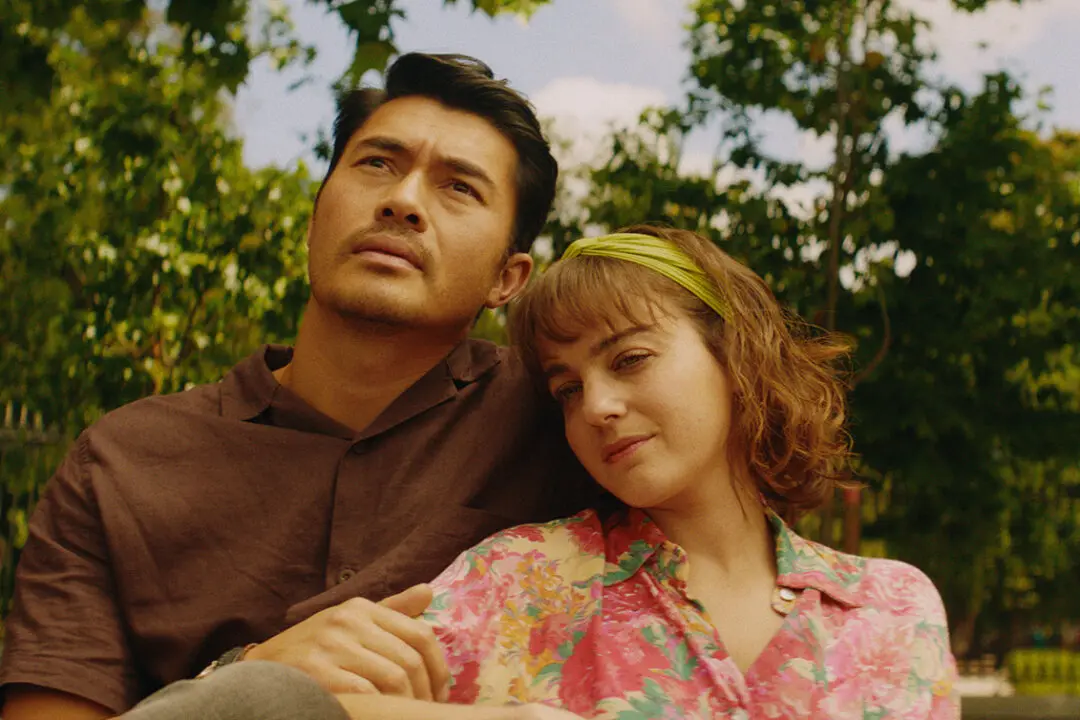PG | 1h 36min | Drama, Mystery, Fantasy | 16 February 2007 (USA)
Based on the immensely popular fact-based novel by Katherine Paterson, “Bridge to Terabithia” is a textbook example of how great a Hollywood movie can be when it treats child characters as complex individuals and not stock caricatures. This movie should not be confused with another sub-par effort sporting the same title that debuted on PBS in 1985.






